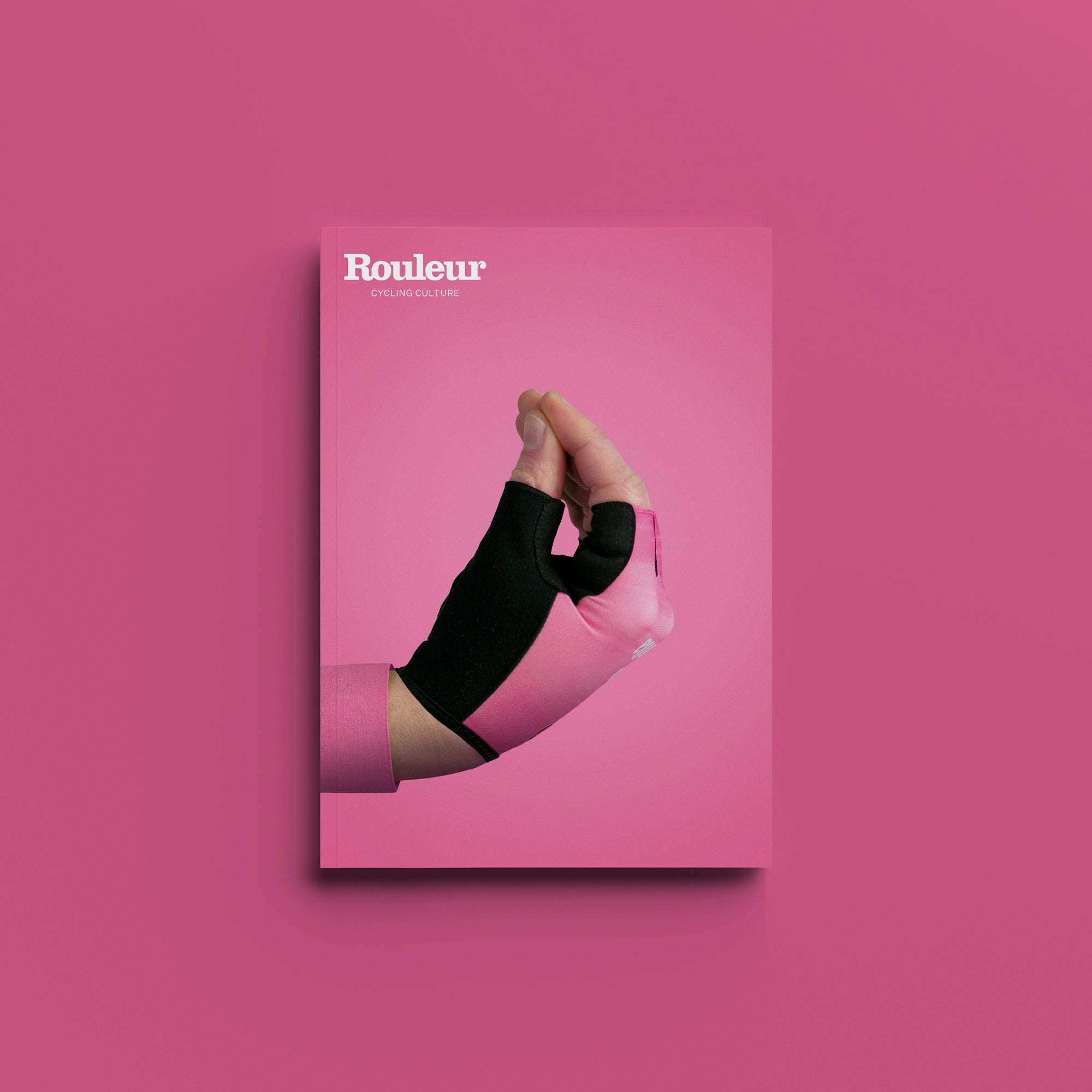1. Spinergy Rev-X Wheels
The 1990s saw a revolution in wheel design as traditionally-laced steel spokes and alloy rims were superseded by carbon fibre designs, mostly from the USA, the Americans being less shy of pushing technical innovations boundaries than their European counterparts.
Lighter, faster and, let’s face it, altogether sexier than the humble bike wheel that had essentially remained unchanged for 100 years, early adopters of the carbon revolution were the kings of bling.
And what could be considered more bling in the ‘90s than a pair of Spinergy Rev-X wheels? A modern equivalent might be a pair of ultra-expensive Lightweight Meilensteins, though no one has claimed that a pair of those German hoops might unexpectedly collapse beneath you.
Read: An illustrated history of aero wheels
At speed, Rev-X wheels looked like a ninja star and sounded like an autogyro, but stories of catastrophic failure started to trickle in. The UCI took against them and ensured the demise of this radical design, from road racing at least.
Yet the cult of Rev-X enthusiasts still exists today. Should you be willing to give them a spin, they occasionally pop up on eBay for a tidy penny.
2. Spinaci bars
The other bête noire of the UCI’s equipment rule-makers in the mid-90s, Spinaci bars were inexplicably popular in the pro peloton for that glorious blinking moment when Lance Armstrong was not a Grand Tour contender, Jan Ullrich was a phenomenal wunderkind, and new-wave cycling aerodynamics was in its infancy.
The popularity of Cinelli’s mini-aero extensions in the pro peloton saw them fitted to team bikes used by the likes of Carrera, Motorola, Gan, Lotto and TVM, and were advertised as UCI-approved.
Read: Toni Maier – how Assos championed lycra, carbon and aero wheels
If the modern-day habit of riders resting their forearms on the tops while hanging their hands over the front looks alarming enough, then the Spinacis allowed a tad more control, at least when hitting bumps in the road. Braking, however, was totally off the menu from that position, so the UCI called an end to their use in bunch races in 1997.
The pro riders – necessity being the mother of invention – merely took to gripping their Shimano shifter’s cables instead.
3. Mavic Mektronic
If you think Shimano were the first to crack the electronic shifting nut, think again. French company Mavic developed a race-worthy electronic groupset back in the early 1990s. They had been successful with their own mechanical groupset for many seasons, even winning the Tour de France with Greg LeMond in 1989 with an all-Mavic setup including wheels, cranks, derailleurs – the whole shebang.
Then in 1992 they came out with the Mavic Zap, the first electronic groupset to be raced in Classics, Monuments and Grand Tours.
Chris Boardman used Zap for much of his career and claimed it was no less prone to failure than a mechanical groupset. But Mavic’s introduction of the more advanced Mektronic in 1999 proved to be the nail in their electronic coffin.
According to Michel Lethenet, Mavic’s PR manager, it was the prior banning of Spinacis that provided the UCI with a precedent.
“The reason why for a while the Mektronic, not Zap, was banned is due to the design of the brake levers. One year prior to the launch of our product, the UCI banned the Spinaci bar extensions. In their view, our brake levers were providing a close option to these bar extensions, which were considered an aerodynamic feature, which was not allowed.”
Mavic were forced to redesign the hoods. “We cut the end part of the brake levers to reduce their length; reducing that additional banned support. At first the design was all about the ergonomics of these levers and the possibility to switch cogs without moving your hands.”
David Powell’s images from inside Mavic’s neutral service car at Paris-Roubaix
Excellent ideas in principle, but the redesign didn’t seem to fix the overall issues with the Mektronic groupset, and by the early turn of this century, Mavic was concentrating once again on its wheel game.
4. Bont Chrono
How subversive can shoes be? Very, it would seem, as the UCI banned the Bont Chrono from competition back in 2011.
Judging by the Bont website, where the Chrono is still available and proudly advertised as being banned, this is an issue that still cuts the Australian company deeply. And no wonder. They were outlawed according to section 1.3.033 of the UCI’s technical regulations which states:
It is forbidden to wear non-essential items of clothing or items designed to influence the performances of a rider such as reducing air resistance or modifying the body of the rider (compression, stretching, support).
Of course, that should include all sorts of clothing items, like aero jerseys with beaded balls of material, dimpled shorts, aero shoe covers in dry conditions, even aero helmets, which we see used on a daily basis by riders from all teams. So Bont’s irritation at being singled out is perfectly understandable. They could even argue that the Chrono should not even fall under this classification since it is a shoe. And shoes are essential items, yes?
It might fall slightly foul regarding the last part of this regulation:
Equipment (helmets, shoes, jerseys, shorts, etc.) worn by the rider may not be adapted to serve any other purpose apart from that of clothing or safety by the addition or incorporation of mechanical or electronic systems which are not approved as technical innovations under article 1.3.004.
But even so, when many manufacturers flout this rule, and when the entire industry is based around technical advances that will give the rider aerodynamic advantages, it’s hard to understand why the Bont Chrono was singled out.
Perhaps that explains why, seemingly without a whimper from the UCI, the following year Bont introduced their Zero and Zero+ shoes, which have many of the same design qualities of the old Chrono: the closure system, concealed by an aero flap, dimpled material for the upper.
Desire: wind-cheating gear for faster time trials
One could argue that the Zero was acceptable because it eschewed the more pointed toe and river boat rudder heel that the Chrono offered, but that could also be because that shape would work better for the shoe of an 18th century dandy at the court of Versailles than a Tour de France contender. And besides, the wide toe box is about the only obvious nod toward comfort Bont shoes can claim to have.
In any case, perhaps the embarrassment of the brouhaha surrounding the banning of the Chrono encouraged the UCI to continue its practice of looking the other way when the obviously aero design of the Zero was released, then ridden to Tour de France victory by Bradley Wiggins in 2012.
This article was first published in Rouleur 18.5 under the title Banned Technology
































